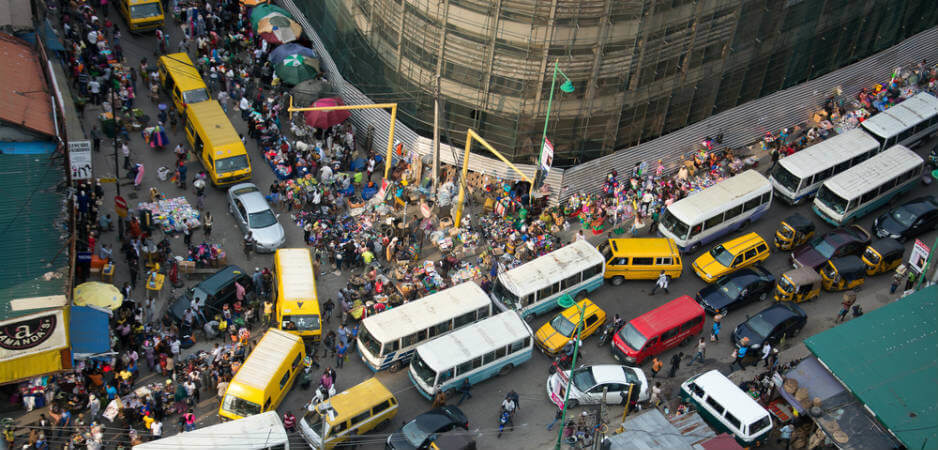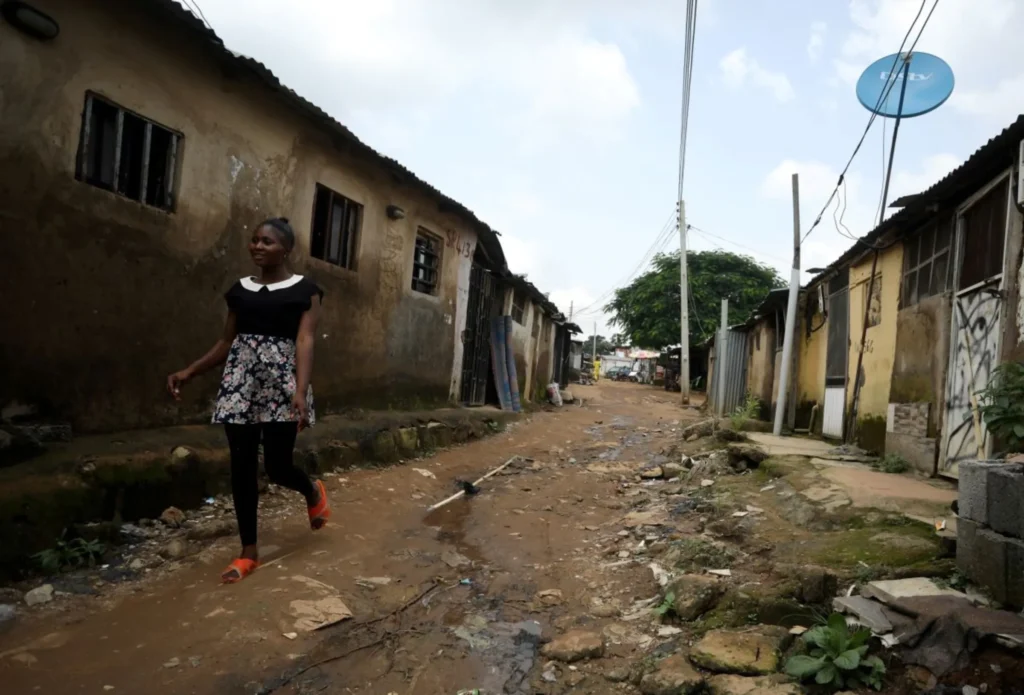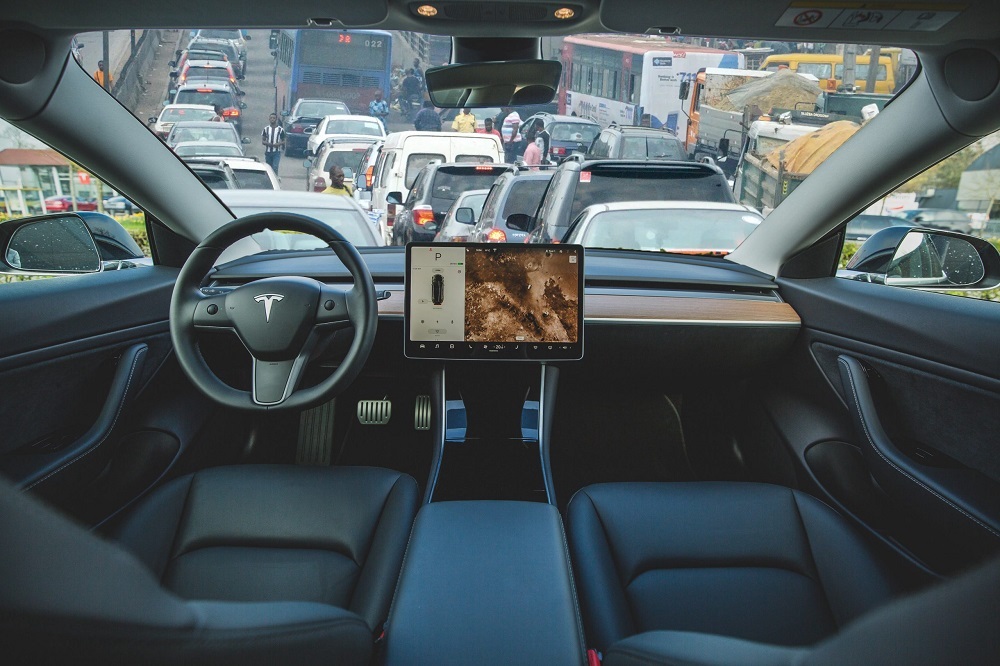In places like the U.S. and Europe, self-driving cars are becoming a reality, promising safer roads and more convenience, reduced human error, and futuristic convenience. But before we start importing Teslas and telling them to “take us to Shoprite or RCCG Camp,” we need to ask; can these robotic chauffeurs survive the chaotic charm of the Nigerian roads? While the idea sounds exciting, our local realities present some serious challenges that Silicon Valley probably didn’t anticipate.
Considering the rising interest in electric vehicles and the increased fantasy for self-driving among car enthusiasts and locals, some steps can be taken to make their dream a reality in Nigeria. Let’s explore some reasons why self-driving cars might struggle here and what steps we can take to make them feasible in the future.
Poor road infrastructure and lack of markings

In many parts of Nigeria, roads are either full of potholes, unpaved, or completely eroded—especially in rural areas and the outskirts of cities. Even in urban areas like Lagos, clear road markings and functional traffic lights are often absent or inconsistent. Self-driving cars rely heavily on road signs, lane markings, and well-maintained surfaces to operate safely. Without these simple tools, it becomes impossible for AI to get around the rough roads of some of Nigeria’s populated areas.
To tackle this poor road infrastructure and local marking, governments need to improve on the infrastructure architecture of the city – this can be done via a Public-Private Partnership (PPP). A typical example is the recent approval of a $652 million funding package from China Exim Bank for road construction projects. It may take time, but it should give the needed boost to investors.
Impatient and unpredictable human drivers

Commercial bus drivers, who are popularly called Danfo, contribute to the spate of accidents which have been caused through reckless driving..They stop without any warning, overtake without considering other road users while they make u-turns anywhere, anytime. Driving in Lagos is a survival game played mainly by the smartest. A self-driving car, programmed to follow traffic rules strictly, will likely be overwhelmed or get stuck endlessly trying to “wait its turn.”
Introducing smart traffic management systems can help regulate traffic flow and reduce congestion. For example, Benin, the capital of Edo State, is working on digitalizing its traffic management for smarter mobility. Nigeria can adopt similar technologies to improve traffic discipline.
Unreliable GPS and Google map errors

Let’s be honest—Google Maps is not your most reliable friend in rural areas in Nigeria, including the popular Ajegunle or Balogun market. In Nigeria, many roads and areas aren’t well mapped out or updated on mapping services. Self-driving cars depend on precise GPS data to navigate, and when the map shows “road” but you find a gutter or shops, the AI would fail to react.
However, implementing Differential GPS (DGPS) technology can enhance positional accuracy. Nigeria’s use of the NIGCOMSAT-1R satellite has improved GPS accuracy to centimeter levels.
Street hawkers, okadas, and wheel screen wipers

Imagine a self-driving car trying to navigate through Mile 12. You’ve got hawkers walking between moving cars, okadas (commercial motorbikes) squeezing into tight corners, wheelbarrows rolling by, and sometimes goats or chickens making a grand appearance. The AI wouldn’t know whether to brake, reverse, or just cry for help.
Authorities can designate specific areas for street vending to reduce road obstructions. In Accra, Ghana, the Accra Metropolitan Assembly has regulations in place for street hawking. Similar policies can be enforced and expanded in Nigeria to manage road usage better.
Power supply and network issues

Self-driving cars depend on constant data processing, connectivity, and often cloud-based updates. But NEPA can cut power without notice, and mobile network coverage can disappear the moment you leave major towns. Without stable electricity and network access, the vehicle may lose its bearings—or worse—become completely non-functional in the middle of the road.
Imagine traveling to the village with your family for Christmas. We can already guess how that might end.
Investing in decentralized energy solutions, like solar mini-grids, can provide reliable power. Nigeria has secured a $200 million agreement to deploy renewable mini-grids in rural areas.
While self-driving technology holds great potential, its success depends on an environment that supports it. Nigeria isn’t quite there yet. Until our roads are fixed, maps are updated, and danfo drivers start respecting traffic rules, the idea of a fully autonomous car navigating our streets remains more of a tech fantasy than a practical reality.
For now, human drivers—with all their flaws—are still the best option for our unpredictable roads.




